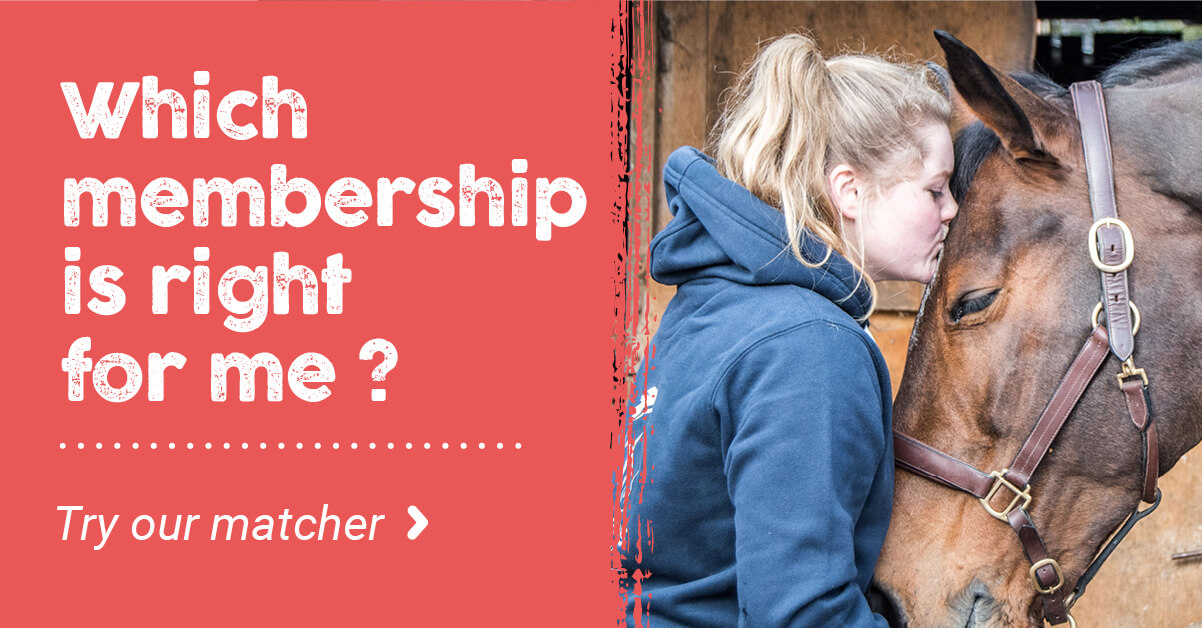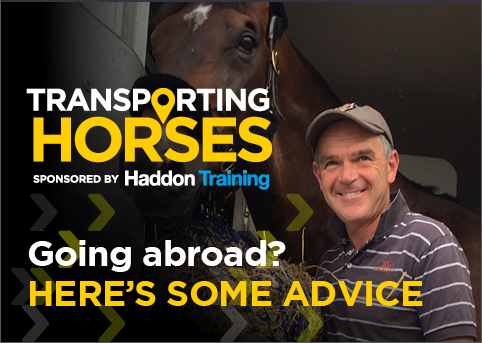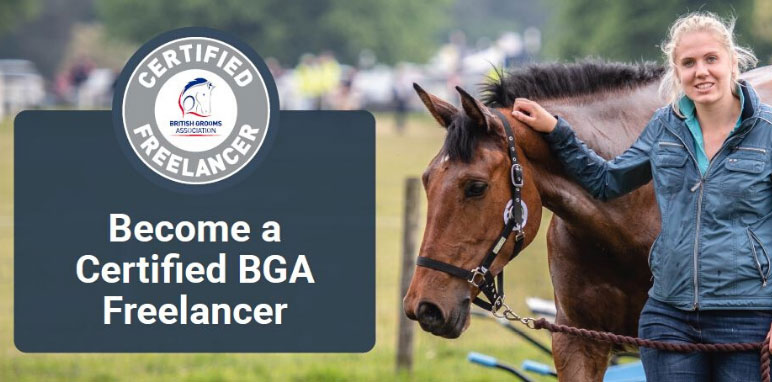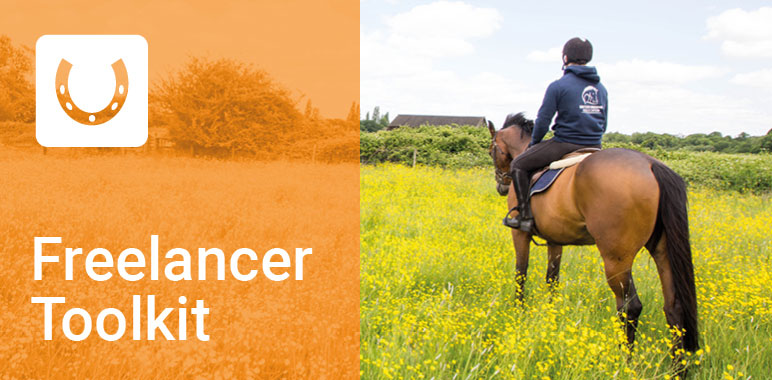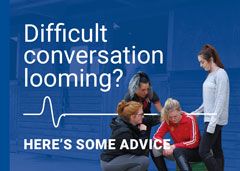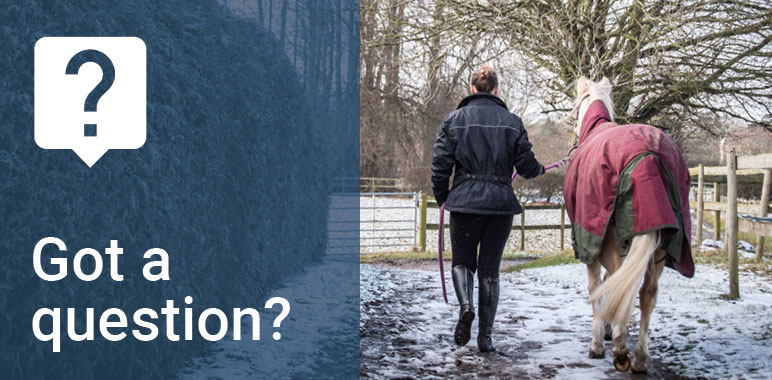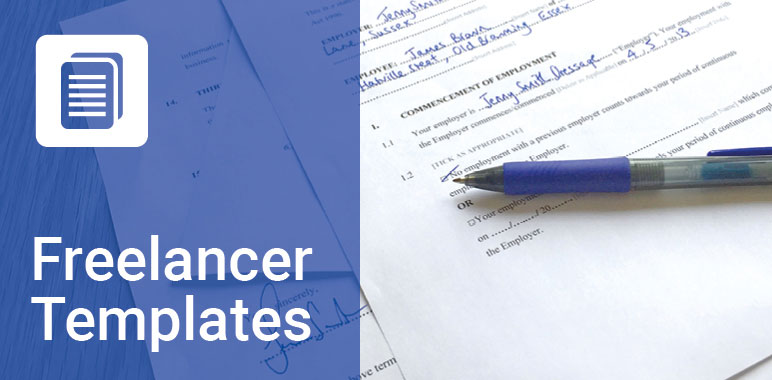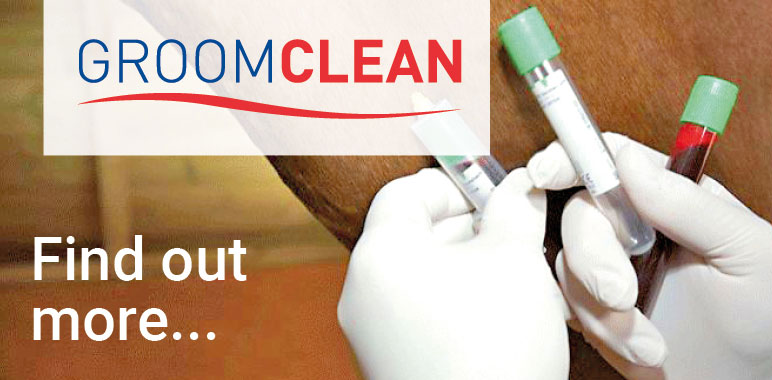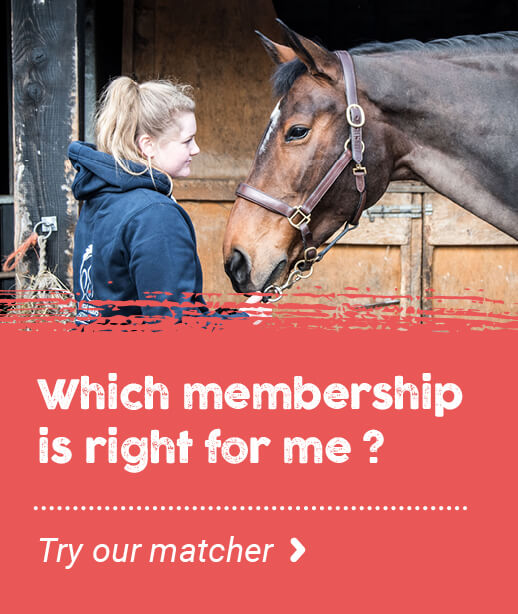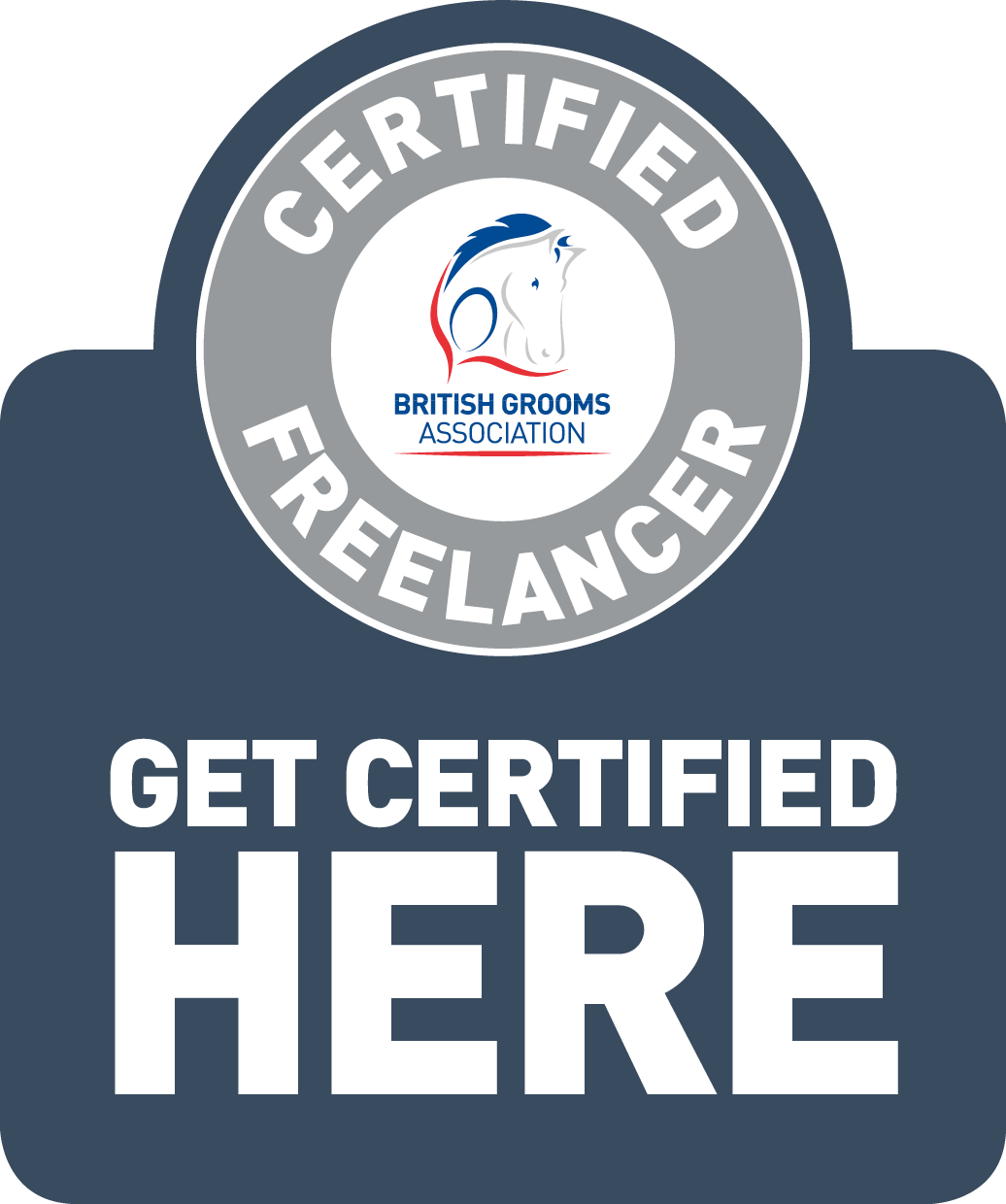- Join Now
- Login
- Member Zone
- Your Career
- Freelancing
- International Grooms Association
- BGA Training
- Healthy Yard Healthy Horses
- Transporting horses
- Brexit
- Safe workplace
- Student Zone
- Member Discounts
- BG Magazine
- Member services
- My employment
- Am I employed correctly
- Grooms Minds
- Safeguarding
- Legal Helpline
- BGA guide to the National Minimum Wage
- Training & Careers
- BGA CV Creator
- Horse groom training
- Where to Train
- BGA E Learning
- Career choices
- Change to Racing
- First Aid training for grooms
- Parents
- Grooms Jobs
- Grooms Life
- About
- News
- Contact

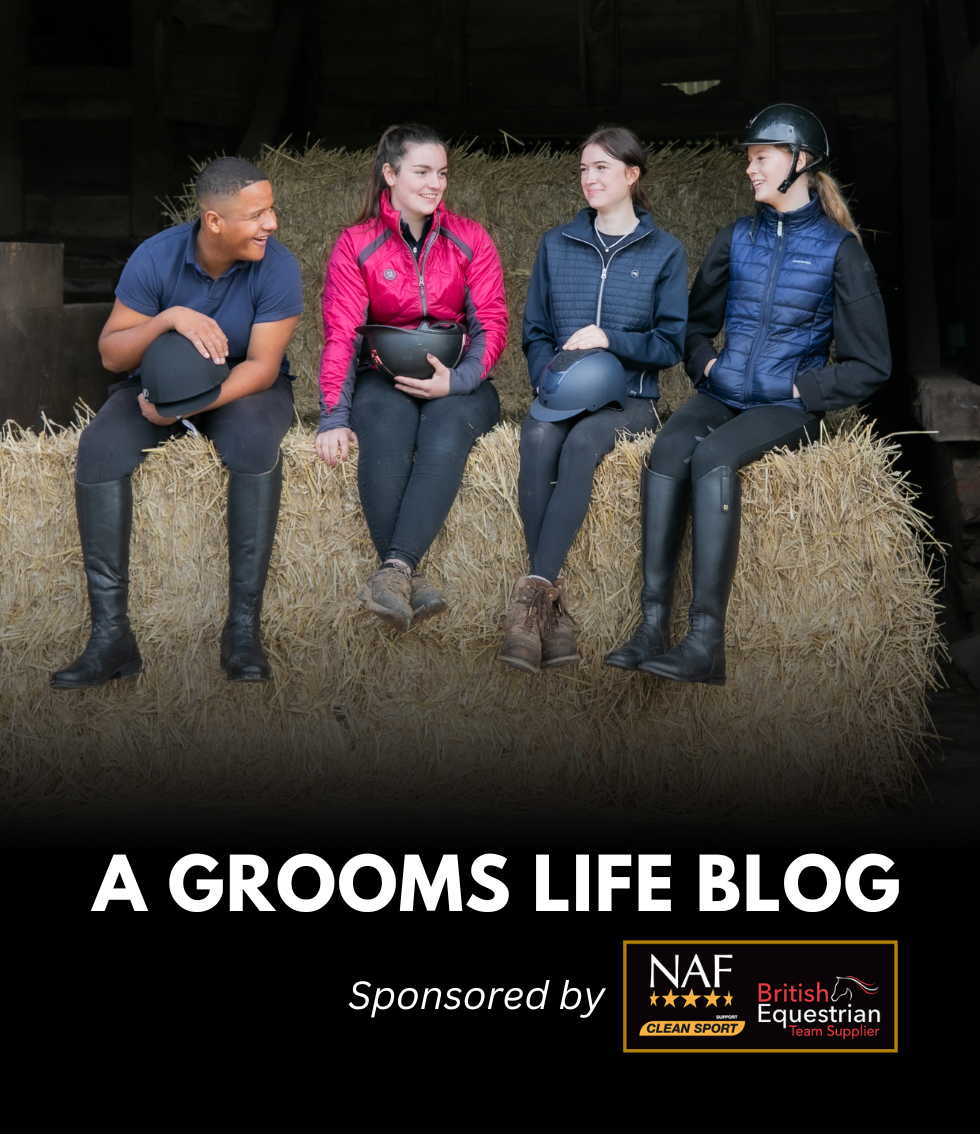
We are delighted to introduce the winner of our KBIS blogging competition, BGA member and trainee vet nurse Lucy Fletcher. My day starts at the clinic at 8am. There is never a typical day because being an equine hospital means that we have to be ready to take on emergencies as well as what is already booked in to the clinic diary. Firstly I meet Anna who works in the office and reception for a quick catch up as to what horses are inpatients and collect a print out of the daily diary. I grab a coffee (which Anna the angel has usually made for me!) then go to the stables. Kirsty our other nurse is usually feeding the horses when I get to her so we discuss the day ahead while dishing out the food! Any medications are prepared and meds/ checks carried out for patients. The vets are on hand to discuss and aid with meds as Kirsty and I are both trainee veterinary nurses. We love to sweep - which is just as well as the Hospital must be kept as clean as possible at all times. After stables and the inpatients are treated we try and find time for a quick coffee break (we do love our coffee!) the rest of the day is taken up with assisting vets either out on visits or in the clinic. Today I’m in the clinic and we are inundated with vetting's at the moment; it’s clearly the right time of year to buy a horse! Vetting’s are highly recommended when buying any horse or pony, it ensures that you are buying a healthy, happy equine. There are two types of general vetting, stage 2 which is basic and stage 5 with is extremely thorough, with the option of including X-rays and blood tests. When the horse arrives at the clinic for a 5-stage vetting it is taken into the examination suite where Tim will carry out confirmation checks, feel and look for any unusual lumps or bumps, check heart and respiration rate along with an assessment the horse's vision and teeth, a neck flexion test is also carried out. We then take the remainder of the vetting outside where the horse or pony is trotted up, lunged on our hard trot circle and flexion tests on all four legs. This is pretty exhausting work (if you’re not very fit like me!) but I do enjoy assisting with these appointments, meeting both the sellers and the buyers. Quite often the sellers are quite tense and the buyers are excited. The client is asked to ride the horse in our beautiful sand ménage in walk, trot and canter on both reins. During this time Tim is checking for any signs of lameness/uneven gait, symptoms that would fail a vetting and it would be up to the owner and seller to discuss the next steps. The horses respiratory and heart rate are checked again after exercise. Finally, we lunge again on the hard circle and carry out the leg flexion tests again. We took him to the hard-standing circle to lunge him on both reins and see how the lameness affected him on the circle. With there being no obvious reason for the lameness we took him into the examination suite for an ultrasound scan to check that all the tendons and ligaments were in good order. Emilie scanned both legs so that we could compare the soft tissue structures in both legs, thankfully, no issues appeared. The little pony was sent home to rest and we will catch up with him again in three weeks to check his progress. Following this, I quickly take a lunch break and pop to the stables next door where I conveniently keep my two trusty steeds and do a lunch-time check. We stagger our lunch breaks so there is always a nurse on hand when needed. I tend not to plan any activities out of work on the days I am working as you just never know what the day is going to challenge you with. If I'm on call through the night then I always make a quick call to warn the other half not to expect me home! The hours are long and irregular and as with most equine jobs I won’t be retiring early, but the rewards are amazing and I love the fact that each day is different. We are a family run practice so we all get on well at work and socially. We aim to finish work at 5pm but if an emergency comes in at ten to five there's no going home! I’m on call tonight which means I carry the on-call phone and I'm back at the hospital for 9pm to do late night checks, skip out, hay, water and administer medication required, then its home for a cuppa, chocolate and my bed. Picture of Lucy at work taking time out for a cuddle with our resident falabella ’Humbug’. And the KBIS BGA blogger winner is
1st November 2018
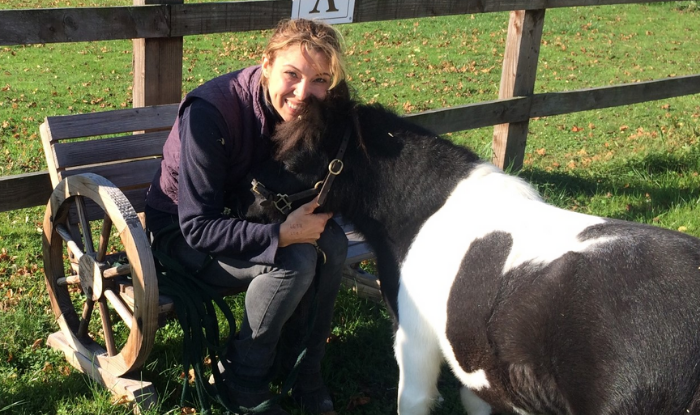
Lucy works at Peasebrook Equine Clinic and this is her first blog.
WOW! What a week we’re having here at the clinic. I firstly want to thank KBIS and British Grooms Association for picking me to blog on this patch. What an honour.
We muck everybody out, turn out Humbug our resident Felabella and Smartie our retired pony. Then its hay and water duties followed by the most scrupulous yard sweeping you will ever know!
The KBIS link below explains the vetting requirements needed for insurance purposes: https://www.kbis.co.uk/our-products/horse-insurance/vetting-requirements
After a morning of vettings I definitely need to up my game on my fitness levels!
Later that day we were presented with a very cute Welsh Section B pony who had been unsound for about a week but with no obvious reason or signs for being lame. We walked and trotted him up for Emilie our vet and he was lame on the right hind with a slight swelling to the fetlock.
The vets are all out on calls this afternoon so Kirsty and I are kept busy skipping out, sweeping (of course!) de-cob webbing, general cleaning, steaming hay nets, feeding and watering the gang. Being a veterinary clinic hygiene is super important and we regularly wash stables and the examination suite.
The day can be very different if we have surgery in. We can one minute be running to schedule and the next there's a colic surgery on its way which means the nurse on call stays up all night to do hourly checks following surgery.
Lucy
BLOG ARCHIVE
- 2025 (16 ENTRIES)
- 2024 (52 ENTRIES)
- 2023 (60 ENTRIES)
- 2022 (35 ENTRIES)
- 2021 (24 ENTRIES)
- 2020 (19 ENTRIES)
- 2019 (45 ENTRIES)
- 2018 (36 ENTRIES)
- 2017 (7 ENTRIES)
What the personal accident policy covers you for:
- Whilst at work
- All stable duties – mucking out, grooming, washing off, turning out
- Clipping
- Riding – including hacking and jumping
- Hunting
- Lunging
- Breaking in
- Holding horse for a vet and other procedures
- Travelling horses both in the UK and abroad
- Competing in line with your job including: jumping, dressage, eventing
- Injuries that may happen to you whilst you are teaching - but you must also be grooming as part of your duties and not be a sole instructor
What the personal accident policy doesn’t cover you for:
- Riding in a race, point to point or team chase
- Stunt Riding
- Accidents occurring whilst travelling to and from work
- Riding and competing your own horse (but you can upgrade when applying for membership to include this)
- Public Liability – this is a separate insurance policy - the Freelance Groom Liability Insurance
- Care Custody and Control – this is a separate policy - the Freelance Groom Liability Insurance
If you require additional cover then please contact KBIS directly.
| GROOM | RIDER | EMPLOYER | |
|
When you are working for other people you do most of the following; muck out, turn out/catch in, tack up, groom horses, exercise Horses (including hacking, jumping and schooling), in the care of your employer/client. |
|
|
|
| Predominantly ride horses for other people including schooling, exercising and competing. | NO |
YES |
YES |
| Provide grooming services for someone else either full time or on a freelance basis i.e. an employer or a client. | YES |
NO |
NO |
| Employ staff – have an employers liability policy in your name | NO | NO | YES |
| Buy and sell horses | NO | YES | YES |


